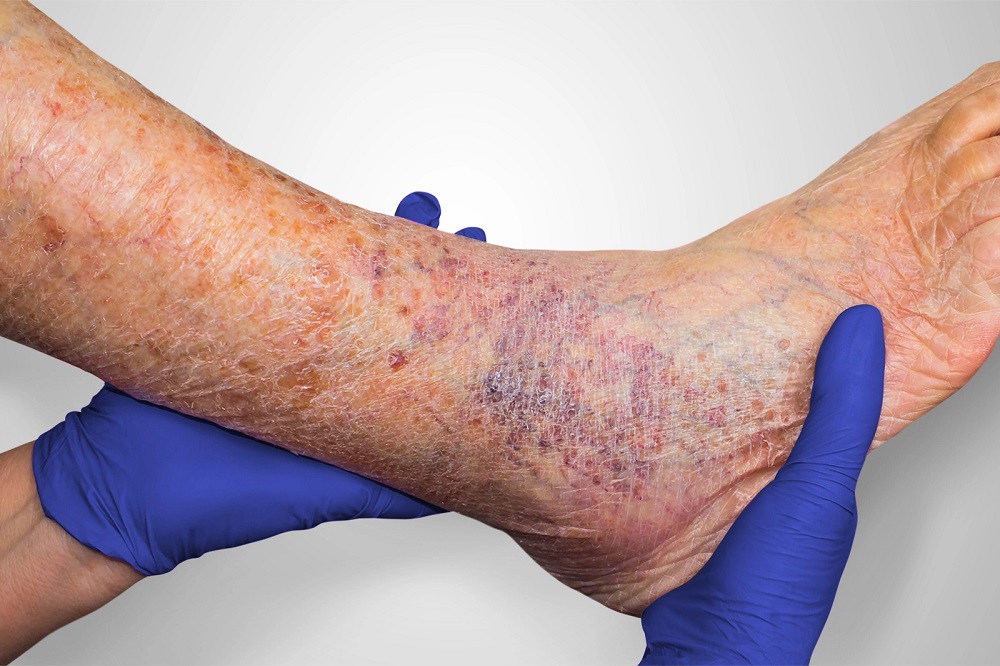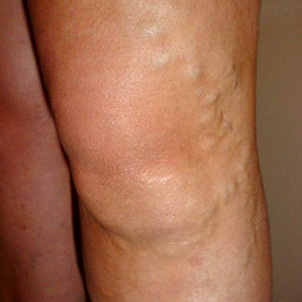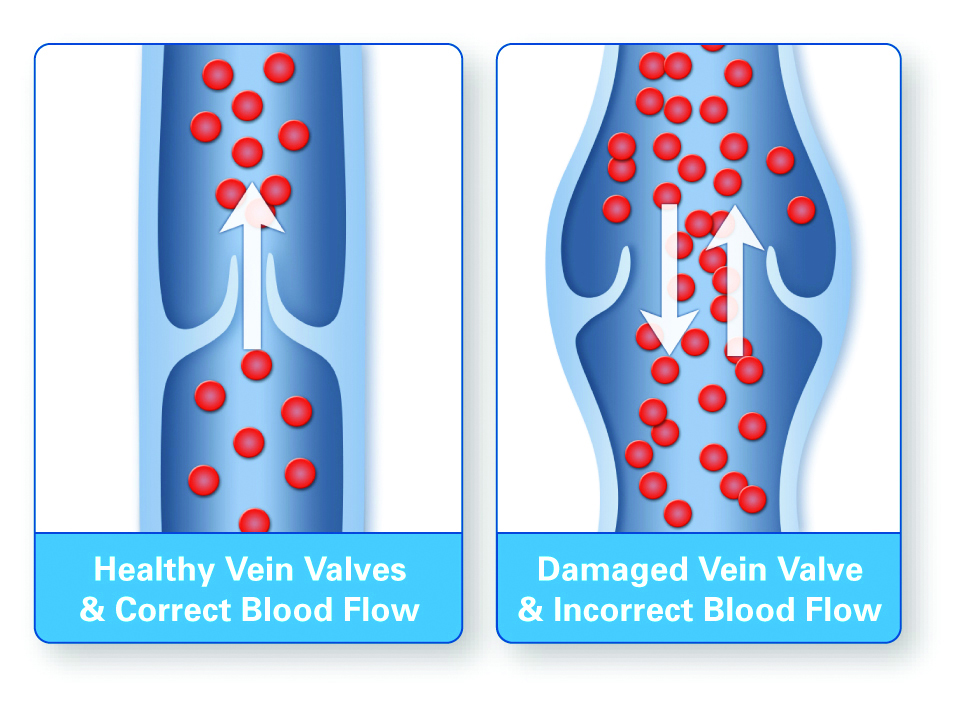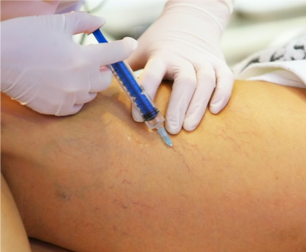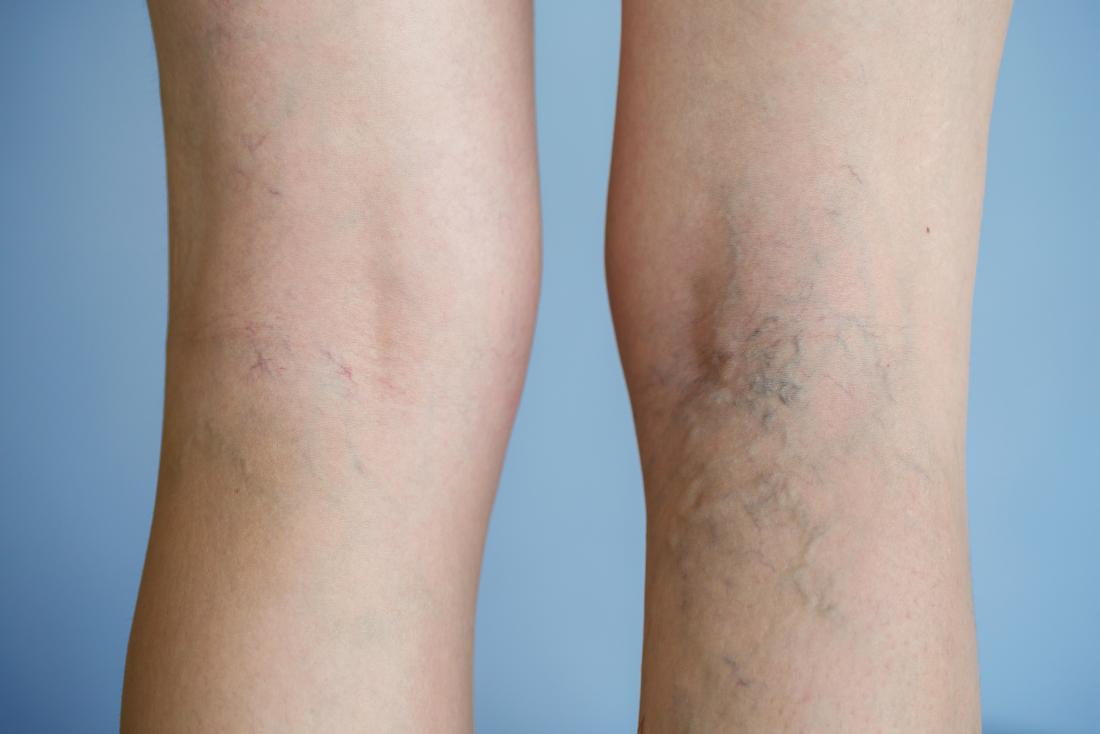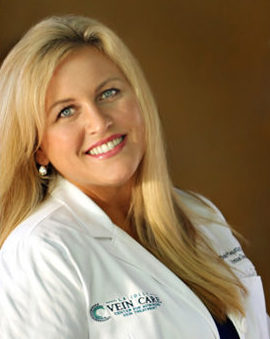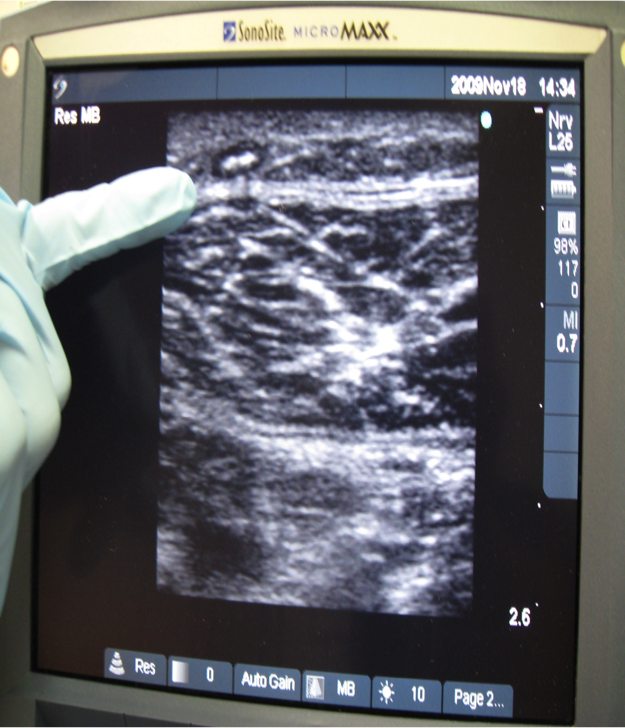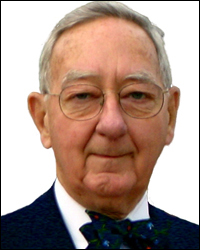Dr. Bergan completed his secondary education in South Bend, Indiana, attended Yale University, and received his medical degree from the Indiana University School of Medicine. He was influenced by the pioneering vascular surgery of Dr. Harris Shumacker during his internship and then completed his surgical residency at the Northwestern University Medical School under the guidance of Dr. Walter Maddock, one of the founders of the Society for Vascular Surgery.
At Northwestern, he pursued a career in arterial surgery and organ transplantation. The Post Graduate Vascular training program there became the model for subsequent Fellowships approved by the American Board of Surgery.
After 1972, Dr. Bergan assisted Dr. James Yao in the development of the noninvasive laboratory at Northwestern University Medical School. He was the principal founder of the Midwestern Vascular Surgery Society and the American Venous Forum. His teaching of vascular surgery was rewarded by the Rovsing Silver Medal of the Danish Surgical Society, the Hach Silver medal of the German Phlebologic Society and honorary memberships in the Royal College of Surgeons in England, the Vascular Society of Great Britain & Ireland, the Vascular Surgery Section of the Royal Australasian College of Surgeons, and many others.
In Southern California, Dr. Bergan has confined his clinical and research interests to the venous system. He discovered that deep venous reflux disappeared after correction of superficial venous incompetence and his recent clinical work has emphasized chemical ablation of incompetent veins using intravenous foam. His basic science investigations with Professor Geert Schmid Schönbein have uncovered a fundamental cause of venous dysfunction, which has potential for pharmacologic manipulation.
Academically, Dr. Bergan founded the Venous Digest, a monthly newsletter containing abstracts and commentary delivered by e-mail monthly and the International Venous Digest by Fax which is translated into 9 languages and delivered worldwide weekly.
Dr. Bergan has served as President of the Society for Vascular Surgery, the European‑American Venous Symposium, the American Venous Forum, the International Association of Vascular Surgeons, the Chicago Surgical Society, the Gulf Coast Vascular Society, and the Southern California Vascular Surgical Society. He is current President of the American College of Phlebology and has served as a member of the editorial boards of all of the major surgical and vascular journals such as the Journal of Vascular Surgery, Annals of Vascular Surgery, Surgery and the British Journal of Surgery. He has published over 700 papers and has edited or co-edited 34 books on Vascular Topics nine of which deal with venous problems. His latest contribution, The Vein Book has appeared in the Winter of 2014.


